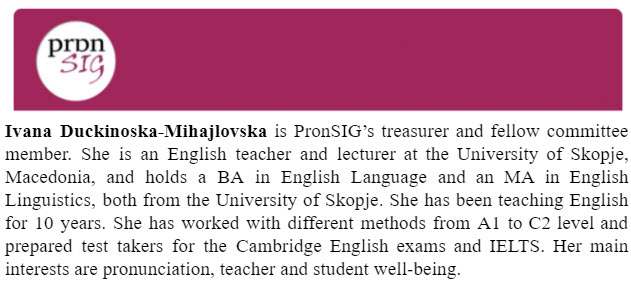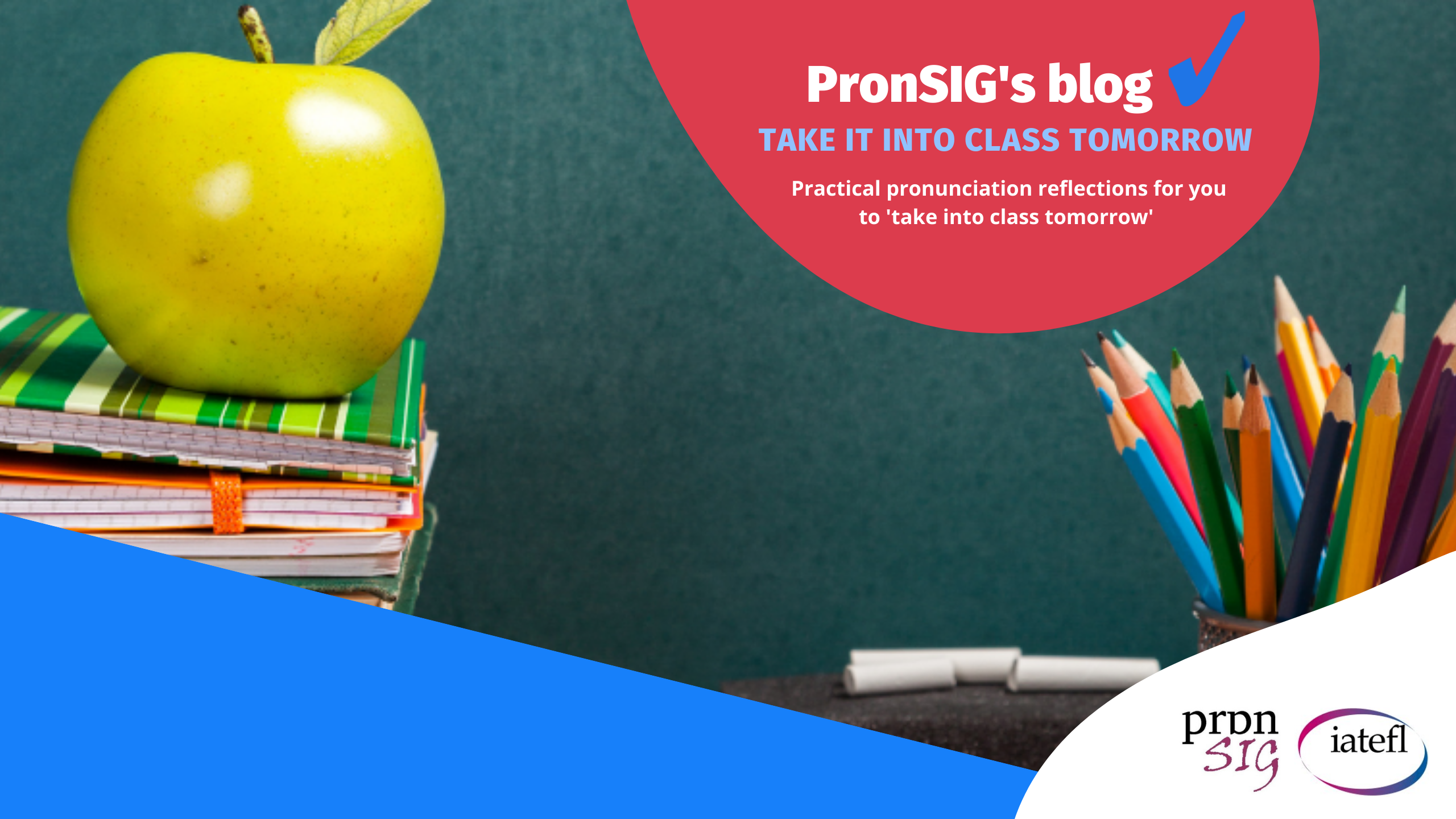by Ivana Duckinoska-Mihajlovska
Words with more than one syllable, polysyllabic words, can sometimes cause difficulties for learners, especially less proficient ones, when reading. They may focus on orthography, without considering the stress pattern of the word, which results in a more robotic speech. In one of our previous blogs, we mentioned that the pronunciation of a word is crucial for building memory, which facilitates reading. For that reason, it is important to help our learners find an easy way around pronouncing polysyllabic words, and hence reading and remembering them more easily.
Here we suggest teaching learners how to divide words into syllables. This approach does not necessarily require prior knowledge of the English sound system, such as long or short vowels, voiced or voiceless consonants, or changes vowels undergo in unstressed syllables. As a result, it can be easily used even with low-intermediate learners.
Why syllables? Syllables are fundamental to speech, as we speak in syllables put together. They also carry the rhythm of a word and signal word stress, since they contain information that can help us predict stress patterns. Non-native learners can drop certain syllables, thus affecting the stress pattern of the particular word (Hahn & Dickerson, 1999).
Based on Hahn and Dickerson (1999), the following steps should help learners identify syllables:
· Make learners aware of syllable structure.
Each syllable must contain a vowel letter (a, e, i, o, u, y). Note that u and y can be consonants as well as vowels. The letter y is a consonant letter at the beginning of a word such as in yacht, while u is a consonant letter in qu and gu spellings, such as in queue and guest. In order to determine the syllable using spelling only, point out that a syllable begins with a vowel letter, and it includes all the consonant letters until the end of the word, or until the next vowel letter. Doing this can help learners “decode” the word and separate it into manageable chunks.
e.g., fund–am–ent–al = 4 syllables; par–agr–aph = 3 syllables;
comp–ell = 2 syllables
· Help learners differentiate between letters and sounds.
Normally, when two vowel letters are next to each other, they represent one vowel sound, and hence one syllable.
e.g., app–ear = 2 syllables; imp–air–ing = 3 syllables
However, when there is a combination of the vowel letters i or u and any other vowel letter, then they represent two separate vowel sounds, hence two separate syllables.
e.g., di–et = 2 syllables; flu–id = 2 syllables
· Help learners hear the difference between stressed and unstressed syllables.
Since polysyllabic words have their stress patterns, we also need to teach our learners to place the main stress on the correct syllable. While this requires delving into much more detail about the part of speech or types of endings a word has, we can help our learners differentiate between stressed and unstressed syllables by tuning them to listen to the difference: stressed syllables are usually louder and more stretched out than unstressed ones.
e.g., Using the technique described above, first ask your learners to divide a word into syllables: cont–in–u–ous = 4 syllables. Then, encourage them to listen to you saying the word, and pay attention to which syllable is the most prominent, i.e., stands out. In this case, it is the antepenultimate syllable (third from the last): cont–in–u–ous. Ask them if they notice the difference in loudness and length between the stressed syllable and the unstressed ones.
This approach is only the beginning of how you can explore syllable structure in your classroom. It can easily be adapted when introducing new vocabulary items or practising reading a passage with unfamiliar words.
If you want to find out more about different stress rule patterns and how syllable structure can be applied when teaching them, you can refer to the sections Word Foundations and Word Stress Domains in Hahn and Dickerson’s (1999) book: Speechcraft: Discourse pronunciation for advanced learners. You can also read more about syllable stress in the upcoming issue of Speak Out!, PronSIG’s biannual journal, which will be released in mid to late September, 2022.
Don’t forget to follow PronSIG on social media and leave your comment below.
References
Hahn, L. D. & Dickerson, W. (1999). Speechcraft: Discourse pronunciation for advanced learners. University of Michigan Press, Ann Arbor.


